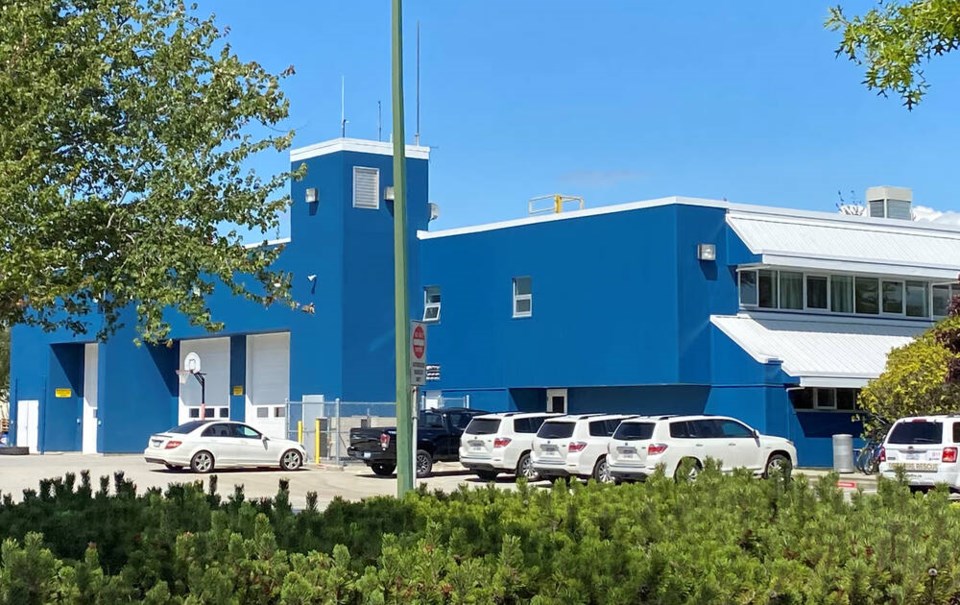Greenhouse gas emissions (GHG) from buildings in Metro Vancouver have gone up over the last decade.
That’s according to a recent report to the regional district’s Climate Action Committee, which presented annual inventories for on-road transportation and buildings, the two largest sources of GHG emissions in the region.
Regional GHG emissions from on-road transportation were 6.3 million tonnes in 2022, which is relatively unchanged from 2010. The report notes that, despite significant increases in both vehicle population (29 per cent increase) and distance travelled (25 per cent increase), regional GHG emissions have held steady, due to improvements in vehicle fuel efficiency and an increasing uptake in zero emission technology.
However, when it comes to buildings, GHG emissions increased from 2010 to 2022, although emissions have been relatively constant from 2019 to 2022, the report notes.
Estimates of regional GHG emissions from the buildings sector include heating and cooling of residential, commercial, institutional and light industrial buildings.
The buildings sector in Metro Vancouver is estimated to have emitted 4.9 million tonnes in 2022. That total increased from 2010 for both residential buildings and for the commercial/institutional sectors.
The report explains that, unlike the drop in emissions shown in the on-road transportation sector during the 2020 and 2021 pandemic years, buildings did not see a similar drop in emissions as residential natural gas usage continued at similar levels.
“In the residential sector, continued installation of low and zero emission technology like heat pumps will help to curve the emissions trend downwards. For commercial and institutional buildings, an approach to reduce GHG emissions from large buildings in the region is in development and would also help reduce emissions, particularly from the existing stock of buildings, where emission reductions can be challenging,” the report notes.
The Clean Air Plan and Climate 2050 Buildings Roadmap include a target of a 35 per cent reduction in GHG emissions from buildings by 2030, from 2010 levels.
Emissions inventories have typically been prepared on a five-year rotation, but Metro Vancouver staff are now developing GHG emissions inventories on an annual basis, focused on the highest-emitting sectors, such as transportation, buildings and industry, and will expand to expand incrementally to “a full suite” of emission sources.
Having undertaken a series of climate initiatives over several years to lower Delta’s carbon footprint, the City of Delta recently applied for a $200,000 grant to the Federation of Canadian Municipalities (FCM) Community Buildings Retrofit Program to complete GHG reduction pathway feasibility studies for five recreation facilities.
A Delta staff report also notes that many successful retrofits of Delta’s buildings and measures implemented over the years within the city’s vehicle fleet resulted in the achievement of a 20 per cent reduction in GHG emissions from 2007 levels.
However, more needs to be done to continue to improve energy efficiency and further reduce GHGs within Delta’s facilities, that report notes.
The buildings targeted for studies include the South Delta Recreation Centre, Ladner Leisure Centre, Sungod Recreation Centre, North Delta Recreation Centre and Tilbury Arena.
Meanwhile, the city is also currently updating its Community Energy and Emissions Plan.
Staff last year wrapped up another round of public consultation through a survey and are to come back to council with a draft report this year on a new plan.
The plan, among other things, is to help identify priorities for the most appropriate and effective climate action decisions for the city and community.
It will include revised targets for energy-efficient and low-carbon new buildings as well as retrofitting existing buildings, making them more energy efficient with low-carbon heating systems.



